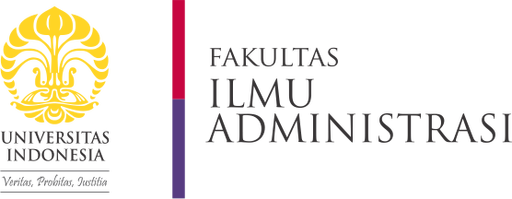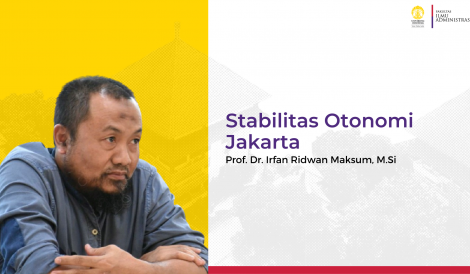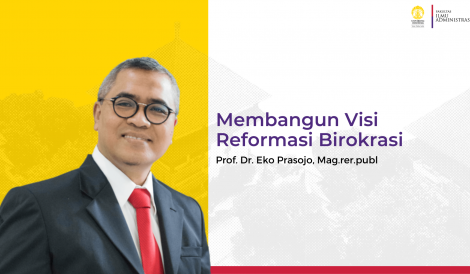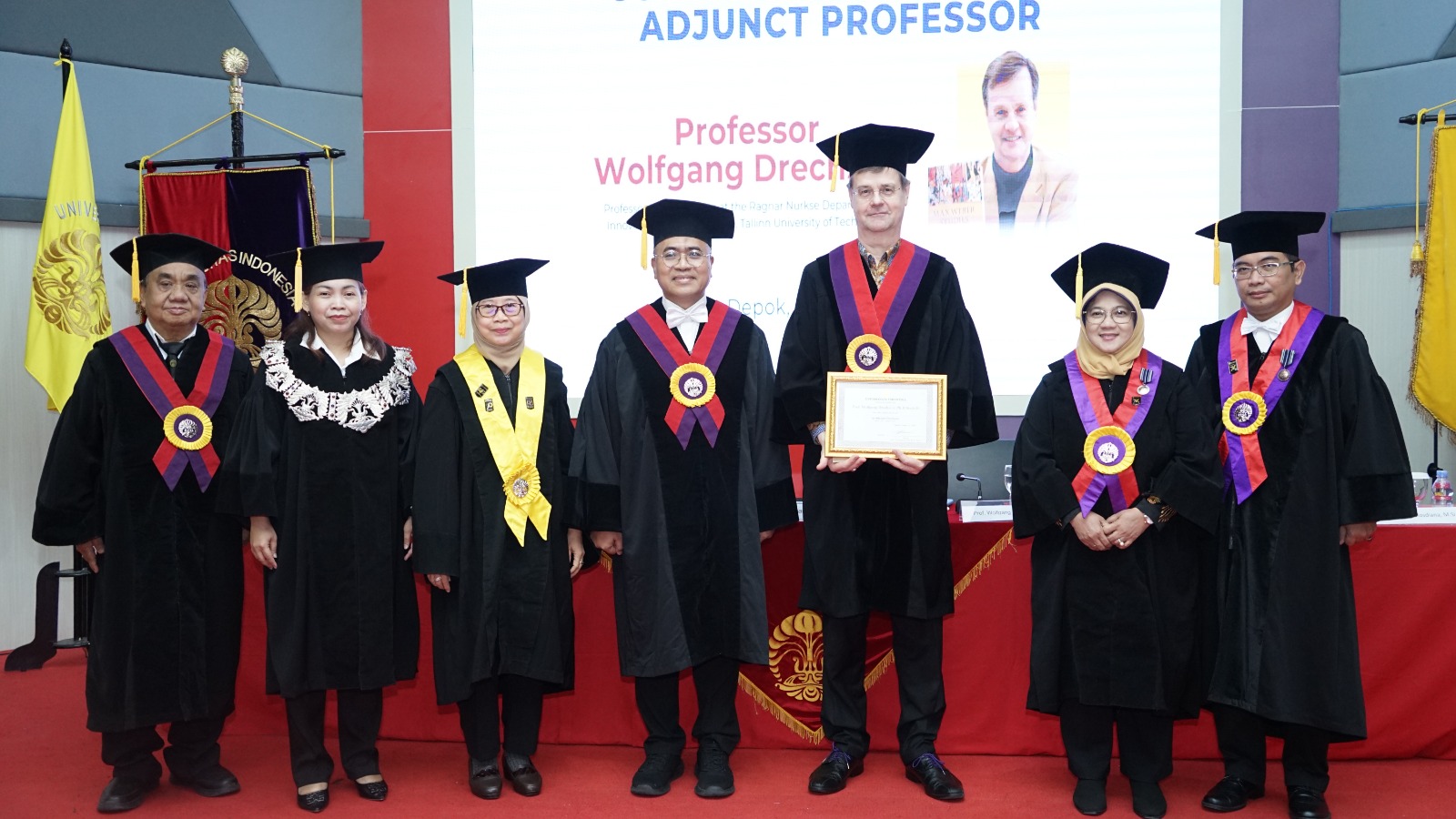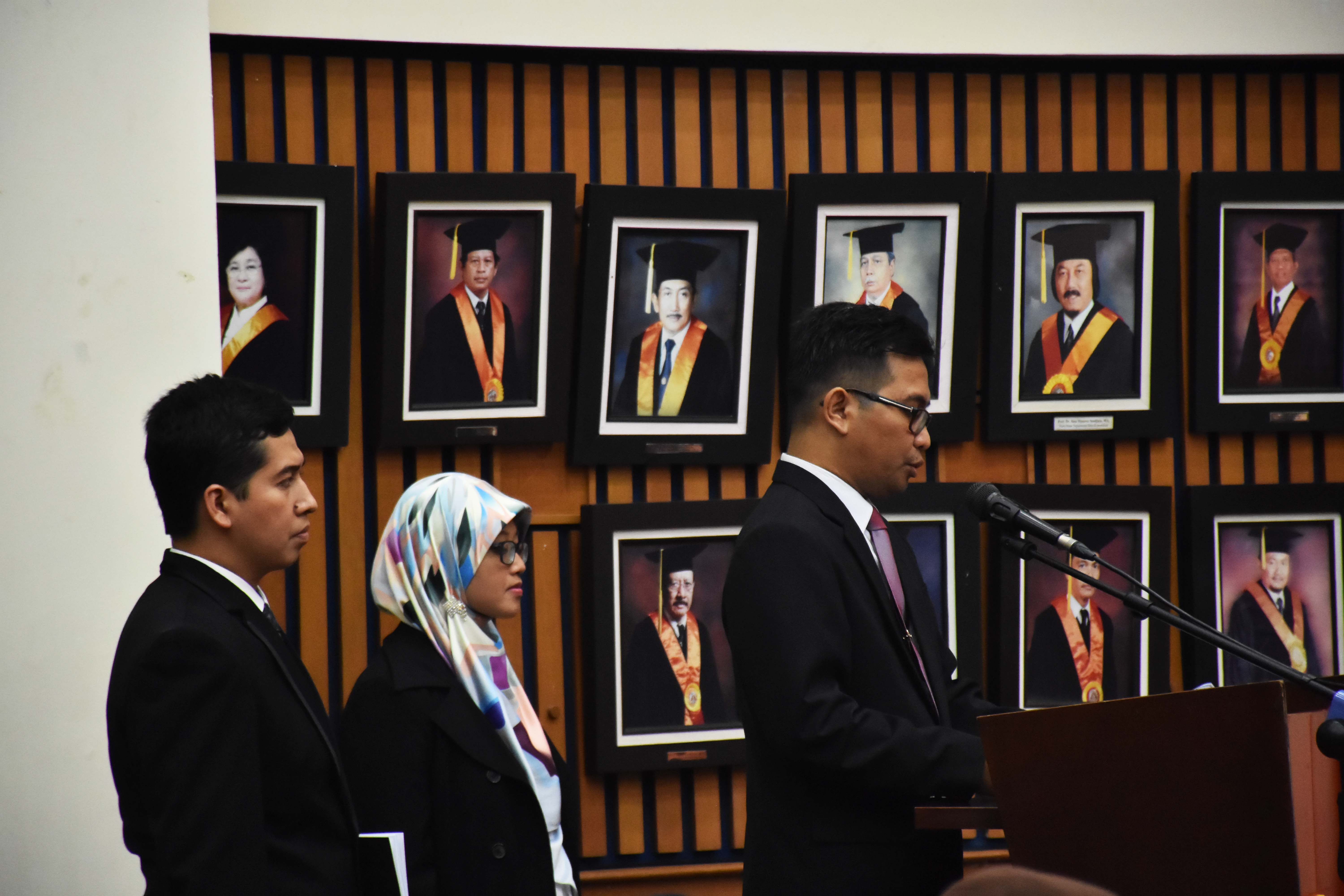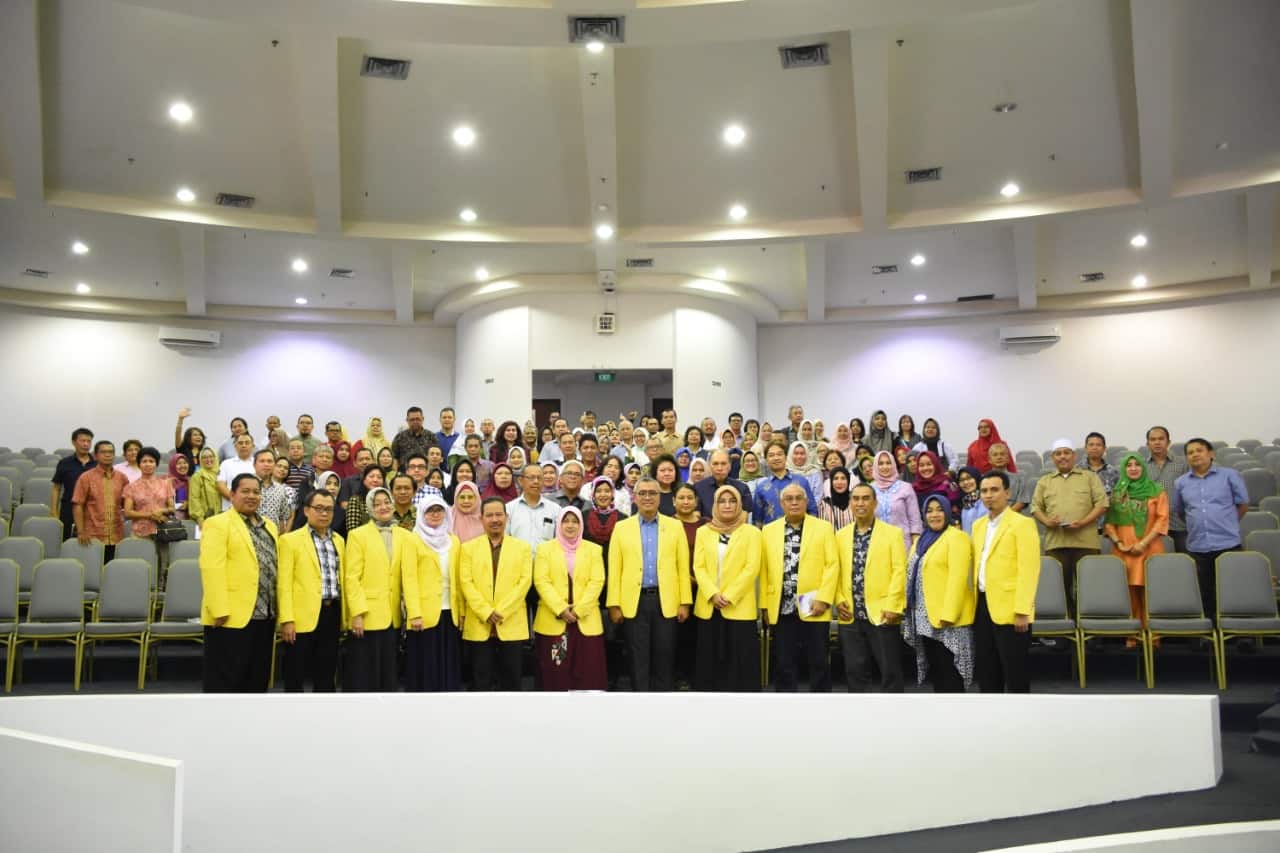THE REALIZATION of the application of Face-to-face Learning (PTM) in early 2022 received quite exciting responses from various circles of society. The frenzy of pros and cons is increasingly interesting to study.
Conflicts in the PTM Agreement
How complicated is the preparation for the implementation of this PTM, because this agreement must be discussed comprehensively by the four ministries. Ministry of Education and Culture, Ministry of Health, Ministry of Home Affairs and Ministry of Religion in a Joint Decree (SKB), dated December 21, 2021 no 05/KB/2021 and its derivative regulations governing the implementation of PTM guidelines. It is said that this decree was prepared a year ago.
You can imagine the complexity in drafting the agreement of the four organs. Starting from determining the percentage of the number of students who can participate in PTM to assessing school readiness and district/city regional readiness, even to the details of its implementation such as setting hours and shifts for learning.
Percentage of students, teachers and education personnel who have been vaccinated twice. Coupled with the dynamics of the level of implementation of PPKM in the local area.
The aspect of monitoring the reporting system by officials and authorities at the village to provincial levels needs to be considered carefully, including the reporting system and evaluation of learning impact. Not to mention whether this learning is a complete unit or a combination of the percentage of PTM and Screen-to-Earth Learning or an Online system to a combination of PTM and PTL (Blended Learning).
You can imagine the conflictual situation between the four institutions involved in deciding the PTM agreement. Each Ministry Authority has a base of arguments that sometimes contradict each other. However, it must be realized in a standard, comprehensive, safe decision and have a positive impact related to the atmosphere of overcoming the ongoing Covid-19 pandemic.
The Dynamics of Community Responses to the Implementation of PTM
So far (as observed by the author and the CIGO-FIA-UI team) many parents and students feel confused in carrying out PTL activities. Especially for families who lack the support of online infrastructure facilities and completeness of gadget ownership and lack of understanding of technology in PTL.
Likewise, families who live in rural areas, especially those who live in villages in the 3 T (Front, Outermost and Poorest) area, have so far been dissatisfied with guiding their sons and daughters in PTL or online activities, are satisfied with the implementation of PTM which began in early 2022. Because many parents are ignorant and do not have gadgets for online support facilities.
In many cases, groups of students in urban and rural areas consider PTM an ideal form of learning because it can interact with teachers and friends directly. Difficulties in capturing lessons can be identified and resolved more quickly.
However, there are quite a number of cases, students who are used to PTL so far, prefer the online learning system or PTL and occasionally PTM activities. PTL activities are considered to be able to save time, transportation costs, save clothes, are more practical and can carry out other simultaneous activities. Even family groups who are not ignorant, many are increasingly liking PTL activities. Especially for those who have done home schooling.
The author’s experience as a lecturer at universities, is that the habit of teaching online systems is more fun from the aspect of time efficiency and the dynamics of the use of teaching materials from outside the campus and from abroad such as MOOC (Massive On Line Open Courses) materials from well-known universities in Indonesia. world. With the use of both synchronous and unsynchronous lecture systems, the effectiveness of PTL can be more reliable.
PTM Dynamic Governance Complexity
Prior to the Covid-19 pandemic, many people thought that the PTM policy was the responsibility of the school. Even though the education leader of Taman Siswa, Ki Hajar Dewantara, has warned that the ideal education system must be held in three groups of authorities, namely the family, school, and community (Tricentral Education System).
Without synchronization of the Tri-central system in an integrated, measurable and well-socialized manner, the achievement of improving the quality of education related to the achievement of the Human Development Index (HDI) will always be low when compared to the world and in countries in the ASEAN region.
Indeed, Indonesia has the potential for a better demographic bonus compared to countries in the ASEAN region and even the world. So that the Demographic Bonus does not turn into a demographic disaster, the synchronization of the Tricentral system education needs to be handled comprehensively, consistently and continuously.
Especially if the achievements are associated with acceleration towards building the foundation of a new ‘Digital Civilization’ education system. Learning outcomes through PTM and PTL must move forward and not lose the opportunity (learning lost) that we have held hostage for the past two years.
This is a tough homework for the four organs that handle the combined PTM and PTL education system. The difficult situation in handling students under the Ministry of Education and Culture and the Ministry of Religion is somewhat different, because most of the students under the Ministry of Religion stay in boarding houses.
The prokes pattern applied by the Ministry of Health for students under the Ministry of Education and Culture and the Ministry of Religion should be the same in every region under the supervision of the Ministry of Home Affairs. However, in the practice of standardizing the pattern of tracking, tracing, and testing related to the prevention and control of the Covid-19 outbreak, the implementation is sometimes very different, so the speed in the reporting system and handling it often falters. This gives rise to erroneous interpretations from both school institutions, parents and society in general.
The Dilemma of Basic Data Synchronization from Related Offices
In relation to the implementation of PTM, if there is still a mismatch during the reporting of basic population data between the four ministries, the basic data compilation process must be updated first so that the PTM implementation decisions for each service and each region do not collide.
If the data collection system is integrated, then each ministry can open it in a dashboard screen, to be opened and closed at any time in line with the dynamics of implementing PPKM. Dynamic governance is a new civilizational jargon for managing PTM based on single, factual and reliable big data.
The selection of PTM and PTL application moments must be optimal so that there is no learning lost. Another opportunity, ownership of the demographic bonus also requires innovative thinking that is integrated in a ‘new’ education system with more conducive governance.
Advancing Indonesia’s young generation is a necessity so that golden opportunities are not lost. Therefore, the effective prescription of PTM and PTL policies needs to be disseminated to the three main community clusters, namely families, schools and communities, which must be synchronized.
Educating through three clusters needs to be equipped and trained to think ahead (thinking ahead), the spirit to always want to learn (thinking again) and be ready to accept differences in thinking that is cross-cutting, cross-religious and cross-cultural (thinking across) so that there is no golden opportunity. lost and resulted in a generation lost.
Martani Huseini
Public Policy Dynamic Governance Observer
Head of CIGO-UI Head of STIKOM
Source: SINDOnews.com
